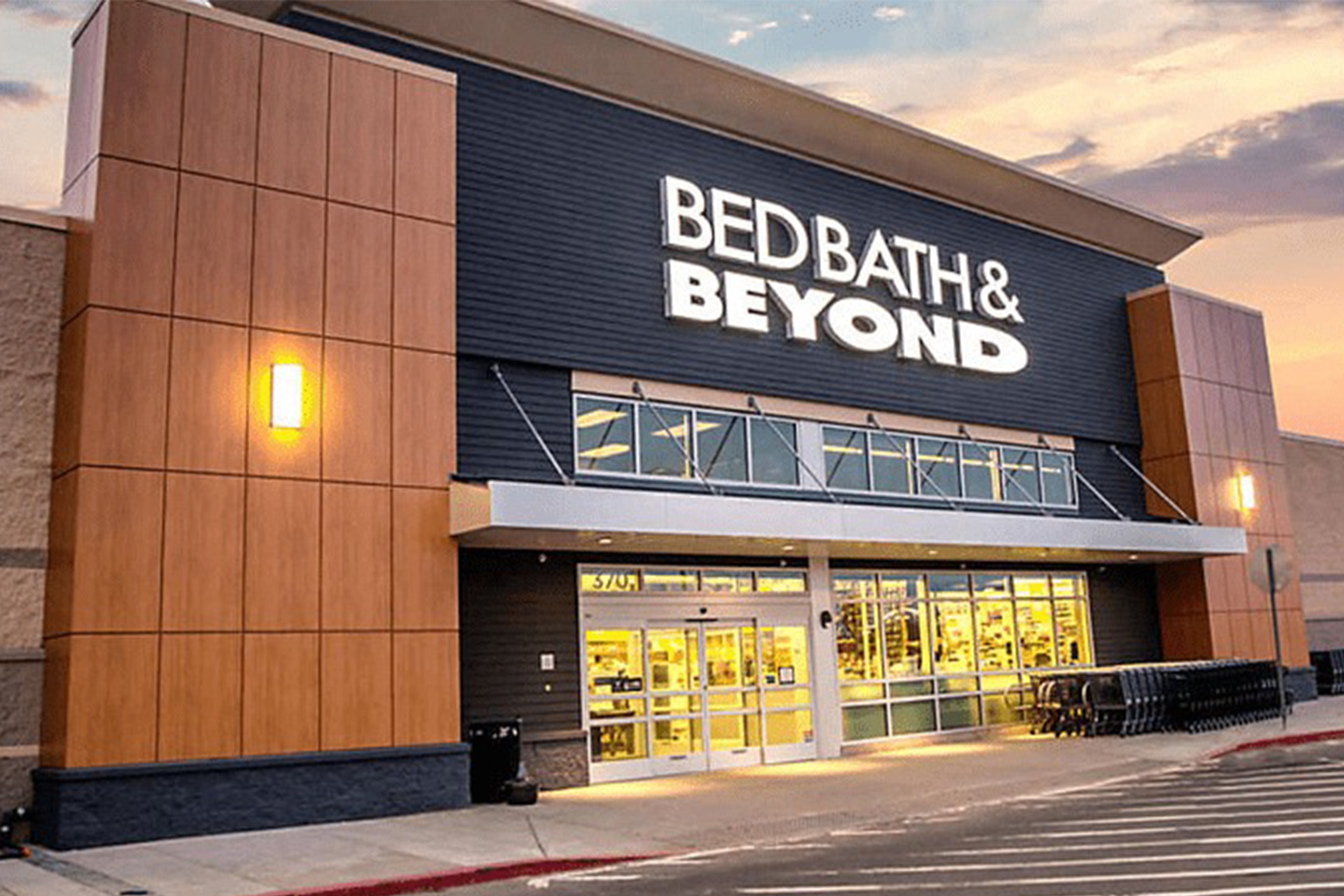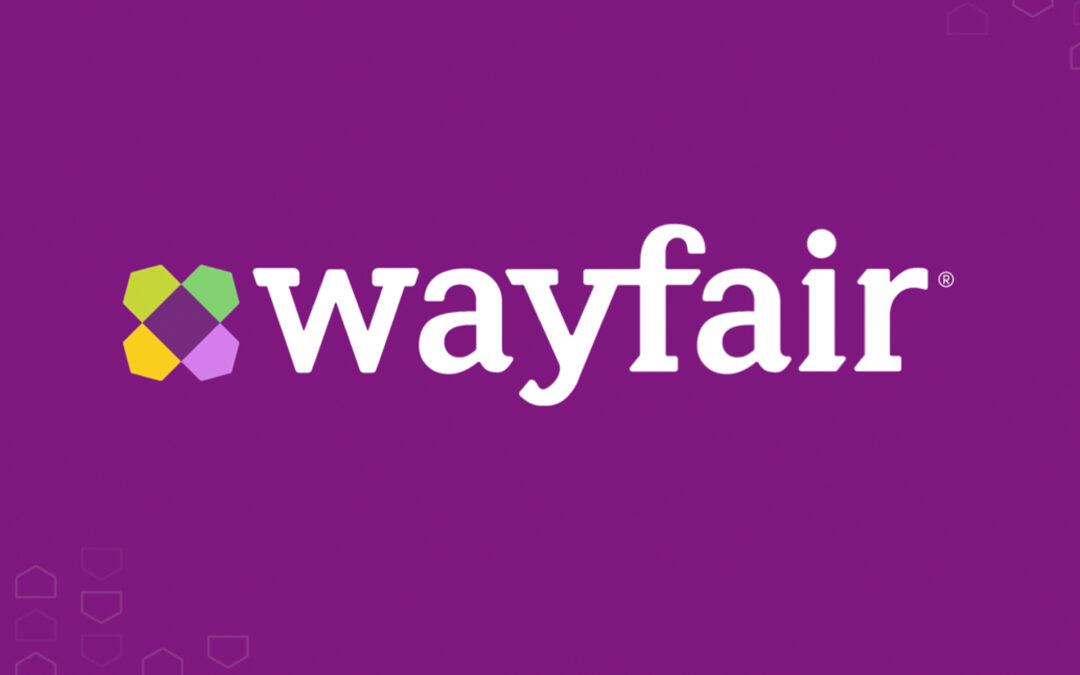Bed Bath & Beyond has defaulted on its debt, the company reported in a 10-Q filing with the United States Securities and Exchange Commission, and the company is considering financing alternatives, again warning that it may have to file for bankruptcy.
In a separate filing, Bed Bath & Beyond announced that it had added Carol Flaton to its board of directors. Flaton also is a board member of Talon Energy, which maintained in a biography on its website that she was a managing director at AlixPartners, specializing in restructuring and turnarounds.
As Bed Bath & Beyond’s troubles have mounted, the default admission comes as part of a 10-Q filing that reiterated already released third-quarter numbers including a net loss of $393 million, or $4.33 per diluted share, versus a loss of $276.4 million, or $2.78 per diluted share, year over year, on net sales of $1.26 billion versus $1.88 billion in the year-prior period. Operating loss was $450.9 million versus $86.1 million, in the year-earlier quarter. Adjusted for one-time events, net loss was $331.2 million, or $3.65 per diluted share, versus a net loss of $24.6 million, or 25 cents per diluted share, in the year-previous third quarter.
According to the SEC filing, “on or around January 13, 2023, certain events of default were triggered under the company’s credit facilities as a result of the company’s failure to prepay an overadvance and satisfy a financial covenant, among other things.”
The notice of default came from JPMorgan Chase Bank, N.A. on January 25.
In the 10-Q filing, Bed Bed & Beyond went on to state:
At this time, the company does not have sufficient resources to repay the amounts under the credit facilities and this will lead the company to consider all strategic alternatives, including restructuring its debt under the U.S. Bankruptcy Code. The company is undertaking a number of actions in order to improve its financial position and stabilize its results of operations including but not limited to, cost cutting, lowering capital expenditures, and reducing its store footprint including related distribution centers. In addition, the company will continue to seek reductions in rental obligations with landlords in its determination of the appropriate footprint, seek additional debt or equity capital, reduce or delay the company’s business activities and strategic initiatives, or sell assets. These measures may not be successful.
Bed Bath & Beyond has suffered from a troubled merchandising transformation that it has since been working to reverse. The process has resulted in bare store shelves as suppliers have been wary of shipping to the retailer.
According to the filing:
Macro and micro economic challenges increased since the end of the second quarter of fiscal 2022 causing an acceleration of vendor payment terms and credit line constraints. This led to lower inventory receipts than anticipated in the third quarter of fiscal 2022, resulting in lower than required stock levels ahead of the holiday selling season. Additionally, certain service providers and vendors required prepayments.
Jaime Katz, an analyst with Morningstar Equity, in a research note entitled Redeem Your Gift Cards, Bed Bath & Beyond’s Clock is Ticking Closer to Bankruptcy, noted that at third quarter’s end, Bed Bath had $925 million outstanding across its two asset-based credit facilities as well as $186 million in letters of credit and $1 billion in senior notes but just $154 million in cash and equivalents and limited resources for liquidity. As such, he asserted, Morningstar believes time is running out for Bed Bath as a public equity. The company burned through more than $300 million in cash from operations in the third quarter and almost $900 million year to date through November. In that case, he indicated, any headway that has been made in remedying weak profitability of the business has been negligible.
If bankruptcy does occur, Katz noted that Bed Bath & Beyond could become attractive to private equity that may consider its once powerful brand presence as a valuable factor in reinvigorating the business if it is free of burdening debt and lease agreements.
Supplier reluctance to ship has been a challenge that also is pushing toward bankruptcy as shoppers experience frustration with instocks at a time when the company is trying to reposition away from recently launched private labels and restore its positioning as a national brand source.
According to an analysis by DataWeave, a depleted inventory has resulted in declining product availability. In the high 70 percentiles from January to June 2022, product availability plummeted to 48% by January 2023.
With the troubles that it has faced, Bed Bath & Beyond expressed its own doubts about the company’s condition in the 10-Q filing, where it stated:
Based on recurring losses from operations and negative cash flows from operations for the nine months ended November 26, 2022 as well as current cash and liquidity projections, the company has concluded that there is substantial doubt about the company’s ability to continue as a going concern for the next 12 months.





